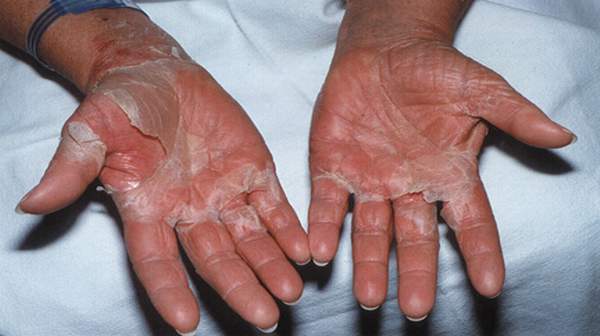
What's in this article?
What is Toxic Shock Syndrome
Toxic shock syndrome is a rare, life-threatening complication of certain types of bacterial infections. Often toxic shock syndrome results from toxins produced by Staphylococcus aureus (staph) bacteria, but the condition may also be caused by toxins produced by group A streptococcus (strep) bacteria.
Toxic shock syndrome historically has been associated primarily with the use of superabsorbent tampons. However, since manufacturers pulled certain types of tampons off the market, the incidence of toxic shock syndrome in menstruating women has declined.
Toxic shock syndrome can affect men, children and postmenopausal women. Risk factors for toxic shock syndrome include skin wounds and surgery.
Symptoms of Toxic Shock Syndrome
Symptoms of toxic shock syndrome can vary from person to person. In most cases, symptoms appear suddenly. Common signs of this condition include:
- a sudden fever
- low blood pressure
- headache
- muscle aches
- confusion
- diarrhea
- nausea
- vomiting
- rash
- redness of eyes, mouth, and throat
- seizures
You might attribute symptoms of toxic shock syndrome to another medical condition, such as the flu. However, if you experience the above symptoms after using tampons or after a surgery or skin injury, contact your doctor immediately.
What Causes Toxic Shock Syndrome?
Toxic shock syndrome is caused by a poison produced by Staphylococcus aureus bacteria. This bacteria is one of several staph bacteria that cause skin infections in burn patients and hospital patients who have had surgery.
Risk factors of Toxic Shock Syndrome
Toxic shock syndrome can affect anyone. About half the cases of toxic shock syndrome occur in menstruating women; the rest occur in older women, men and children.
Toxic shock syndrome has been associated with:
- Having cuts or burns on your skin
- Having had recent surgery
- Using contraceptive sponges, diaphragms or superabsorbent tampons
- Having a viral infection, such as the flu or chickenpox
Treatment for Toxic Shock Syndrome
Toxic shock syndrome is a medical emergency; many people with toxic shock syndrome need to be hospitalized. Some people have to stay in the intensive care unit for several days so that medical staff can closely monitor them. Your doctor will most likely prescribe an intravenous (IV) antibiotic, which is a drug that will help you fight the bacterial infection in your body.
Other treatment methods for toxic shock syndrome vary depending on the underlying cause. For example, if a vaginal sponge or tampon triggered toxic shock, your doctor may need to remove this foreign object from your body. If an open wound or surgical wound caused your toxic shock syndrome, the doctor will drain pus or blood from the wound to help clear up any infection.
Other possible treatments include:
- medication to stabilize blood pressure
- IV fluids to fight dehydration
- gamma globulin injections to suppress inflammation and boost your body’ immune system





